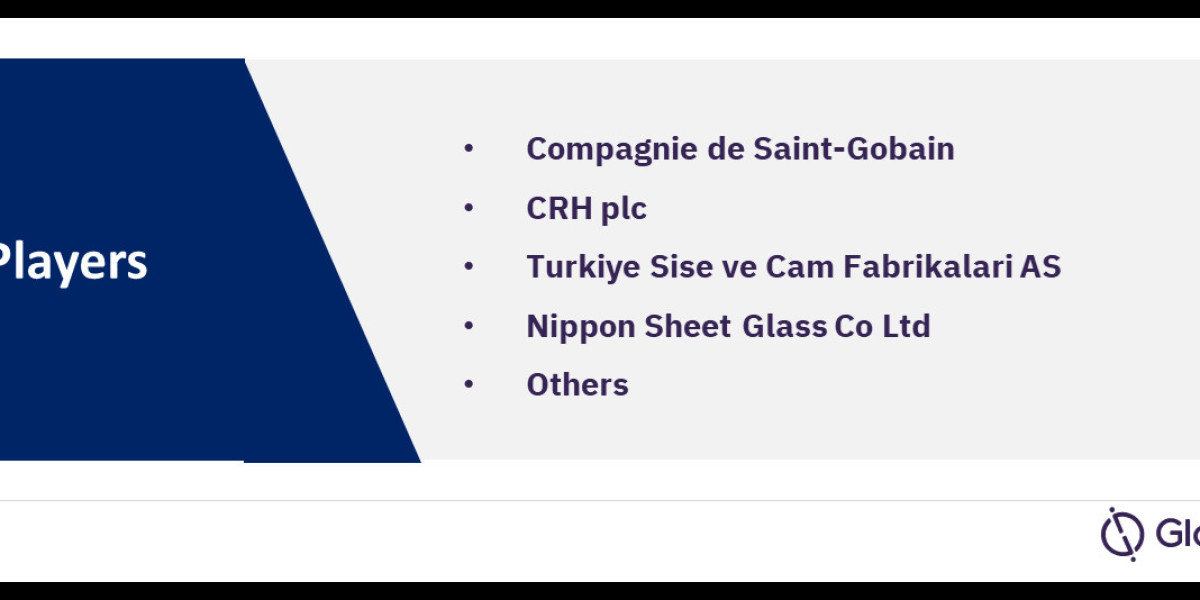This article delves into the current landscape of the European flat glass market, exploring its size, growth projections, key drivers, and exciting technological advancements.
Market Size and Growth Trajectory
The European flat glass market is a significant contributor to the continent's economy. According to Mordor Intelligence, the EU-28 produced a staggering 11.7 million metric tons of flat glass in 2021 alone, solidifying its position as the second-largest glass segment within the region [1]. Industry analysts project continued growth, with Data Bridge Market Research anticipating a compound annual growth rate (CAGR) of 10.2% between 2 023 and 2030, reaching a market size exceeding USD 70 billion by the end of the forecast period [2].
Dominant Applications and End-Use Industries
The flat glass market caters to a diverse range of applications. Unsurprisingly, the construction sector reigns supreme, accounting for roughly 80% of the market share [2]. Flat glass finds extensive use in building facades, windows, doors, and interior partitions, contributing to aesthetics, energy efficiency, and overall building functionality.
The transportation industry is another significant consumer, utilizing around 15% of flat glass production for vehicle windows and windshields. The remaining 5% finds its way into various applications, including solar panels, appliances, furniture, and electronics [2].
Key Drivers Fueling Market Expansion
Several factors are propelling the European flat glass market forward:
- Rise in Construction Activities: The ongoing growth in residential and commercial construction across Europe presents a substantial opportunity for flat glass manufacturers. Increased urbanization and a growing focus on energy-efficient buildings are driving demand for high-performance flat glass solutions [1].
- Technological Advancements: Innovation is a constant force in the flat glass industry. Advancements in coating technologies are leading to the development of self-cleaning, energy-saving, and solar-control glass varieties. Additionally, advancements in manufacturing processes are leading to lighter, stronger, and more versatile flat glass products [2].
- Growing Environmental Concerns: Sustainability is a major concern in Europe, and the flat glass industry is responding accordingly. Manufacturers are developing eco-friendly production processes and recyclable flat glass solutions, which resonates well with environmentally conscious consumers and construction companies [3].
Market Segmentation: A Closer Look
The European flat glass market can be segmented based on various factors:
- Type: Float glass, coated glass, laminated glass, and tempered glass are some of the most common flat glass types, each with distinct properties and applications.
- Product: The market caters to a wide range of flat glass products, including sheets, insulated glass units (IGUs), and mirrors.
- Function: Flat glass can be categorized based on its function, such as thermal insulation, solar control, safety, and security.
- Thickness: Flat glass comes in various thicknesses, catering to specific performance requirements in different applications.
Geographic Landscape: Leaders and Potential
Germany stands out as a prominent player in the European flat glass market, driven by a robust construction sector and a strong focus on technological advancements [2]. Other key markets include France, Italy, Spain, the United Kingdom, Russia, Turkey, and Poland. However, Eastern European countries also hold significant growth potential due to increasing investments in infrastructure development.
Competitive Landscape: Major Players
The European flat glass market is characterized by a mix of established global leaders and regional players. Some of the key players include:
- Asahi Glass Co., Ltd. (Japan)
- Saint-Gobain (France)
- NSG Group (Japan)
- PPG Industries (US)
- Guardian Industries Corp (US)
- AGC Flat Glass Europe (Europe)
These companies are constantly innovating and expanding their product portfolios to cater to the evolving needs of the market.
Challenges and Opportunities
Despite its promising outlook, the European flat glass market faces certain challenges:
- Volatile Raw Material Prices: The cost of raw materials like sand and soda ash can fluctuate significantly, impacting production costs and profit margins for manufacturers.
- Energy Consumption: Flat glass production is an energy-intensive process, and rising energy prices can pose a challenge.
- Competition from Low-Cost Producers: Manufacturers in Europe face competition from countries with lower production costs.
Buy the Full Report for More Insights into the Leading Companies in the Europe Flat Glass Market, Download a Free Sample Report



